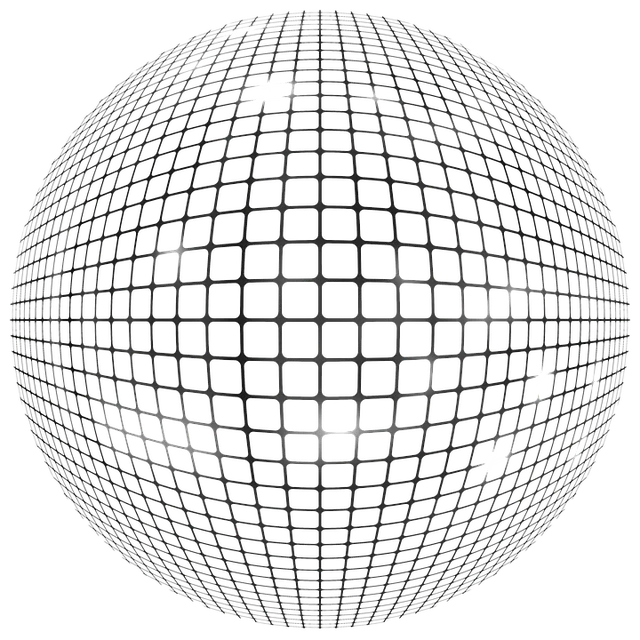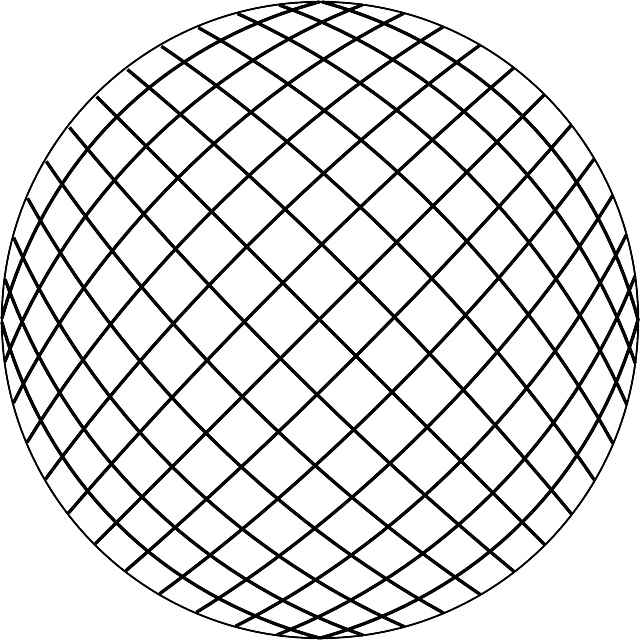Zinc is key for wound healing, supporting DNA synthesis, protein production, and collagen formation, which are vital for new tissue growth and maintaining skin integrity. It plays a dual role by facilitating immune function and cellular repair, and by exhibiting anti-inflammatory properties that help heal wounds with minimal scarring, all while guarding against infections. Kratom, rich in vitamins and minerals including zinc, stands out as a potential holistic approach for wound care due to its alkaloids like mitragynine and 7-hydroxymitragynine, which can modulate inflammation, reduce pain, and stimulate regenerative processes. The combination of kratom's alkaloids with its mineral content enhances the body's natural healing ability by promoting collagen synthesis and cell migration, which accelerates wound closure. Kratom's antimicrobial properties further prevent post-wounding infections. The nutritional synergy of zinc with vitamins C, A, E, and copper optimizes the healing process through enhanced collagen production, cellular growth modulation, antioxidant support, and angiogenesis promotion. This underscores the importance of comprehensive nutrition, including kratom's vitamins and minerals, for achieving effective wound recovery outcomes.
Zinc’s pivotal role in facilitating wound healing has garnered attention within the medical community, revealing its integral function in the body’s natural repair mechanisms. This article delves into the multifaceted contributions of zinc, from its direct involvement in cellular processes to its synergistic effects with compounds like kratom, known for its vitamin and mineral-rich properties. Furthermore, we explore how zinc interacts with a spectrum of other nutrients to optimize healing outcomes, providing valuable insights into the integrated approach necessary for effective wound recovery.
- Unveiling Zinc's Role in Wound Healing: A Key Player in the Healing Process
- The Synergy Between Kratom and Zinc in Promoting Wound Recovery
- Understanding the Interplay of Zinc with Other Vitamins and Minerals for Optimal Healing
Unveiling Zinc's Role in Wound Healing: A Key Player in the Healing Process

Zinc serves as a pivotal nutrient in the context of wound healing, with its role being multifaceted and critical for maintaining skin integrity. This essential trace mineral is well-documented for its contributions to cellular repair and immune function, both of which are vital during the wound healing process. Zinc’s involvement begins at the cellular level, where it supports DNA synthesis and protein production necessary for new tissue growth. It also plays a significant role in collagen production, which is essential for the formation of strong, flexible connective tissues that close the wound.
Furthermore, zinc’s anti-inflammatory properties help to reduce inflammation at the site of injury, promoting a healing environment without hindering the immune response. In this capacity, it not only accelerates the initial phases of healing but also ensures that wounds heal with less scarring. Additionally, its antimicrobial effects protect against infections that could otherwise impede the healing process. Sources of zinc are abundant and can be derived from a balanced diet or dietary supplements such as kratom, which is known to contain various vitamins and minerals beneficial for health, including zinc. Including these sources as part of a holistic approach to wound care can enhance the body’s natural healing capabilities.
The Synergy Between Kratom and Zinc in Promoting Wound Recovery

Zinc is a vital micronutrient that plays a pivotal role in immune function, protein synthesis, and wound healing. Its presence is crucial for maintaining skin integrity and facilitating cell proliferation, which are essential processes during the recovery from wounds. Kratom, a botanical supplement derived from the leaves of Mitragyna speciosa, has gained attention for its diverse pharmacological properties, including the potential to support wound healing through its rich content of vitamins and minerals, such as zinc. The synergy between kratom and zinc in this context is particularly noteworthy due to kratom’s alkaloid profile, which may modulate inflammation and promote an optimal healing environment. Alkaloids like mitragynine and 7-hydroxymitragynine are believed to interact with opioid receptors, reducing pain and enhancing the body’s natural regenerative capacities. This interaction could potentially accelerate wound closure by promoting collagen synthesis and cell migration, aiding in the efficient repair of damaged tissues. Furthermore, the antimicrobial properties inherent to kratom may also prevent infection at the site of injury, further contributing to the healing process. The combined action of these compounds within kratom and the presence of zinc can create a complementary effect that supports the skin’s natural ability to heal, making it a subject of growing interest in the field of wound care.
Understanding the Interplay of Zinc with Other Vitamins and Minerals for Optimal Healing

Zinc plays a pivotal role in the process of wound healing, with its efficacy often amplified when it interacts synergistically with other vitamins and minerals. This synergy is particularly evident in the context of wound care, where zinc’s antimicrobial properties protect against infection, while also regulating inflammation and supporting cellular proliferation and collagen synthesis. Vitamin C, for instance, is indispensable in the synthesis of collagen, a key component in wound repair. The combination of zinc with vitamin C enhances wound strength and healing rates by promoting collagen production and improving skin integrity. Additionally, vitamin A complements zinc’s actions by modulating cell differentiation and proliferation, ensuring that new tissues are formed correctly and efficiently.
The interplay between these nutrients is not limited to these examples; vitamin E also plays a role by acting as an antioxidant, protecting cells from oxidative stress during the healing process. Copper, another trace element, works in tandem with zinc to support wound repair by promoting angiogenesis and maintaining the structural integrity of the extracellular matrix. Kratom, a plant-based product often discussed in the context of vitamins and minerals, is known to contain various alkaloids that may indirectly influence wound healing through modulation of immune response and reduction of inflammation. This complex interplay underscores the importance of a well-rounded approach to nutrition for optimal wound healing outcomes.
Zinc’s pivotal role in wound healing, as explored in this article, underscores its significance as a key player in the body’s natural recovery process. The synergy between zinc and kratom, which has been elucidated, highlights a promising avenue for enhancing wound recovery. Furthermore, the complex interplay of zinc with other vitamins and minerals is crucial for optimal healing outcomes, as discussed. These insights not only contribute to a deeper understanding of wound care but also offer potential strategies for improved therapeutic interventions. As such, incorporating zinc and kratom, alongside a balanced intake of essential vitamins and minerals, may offer significant benefits in wound healing.






